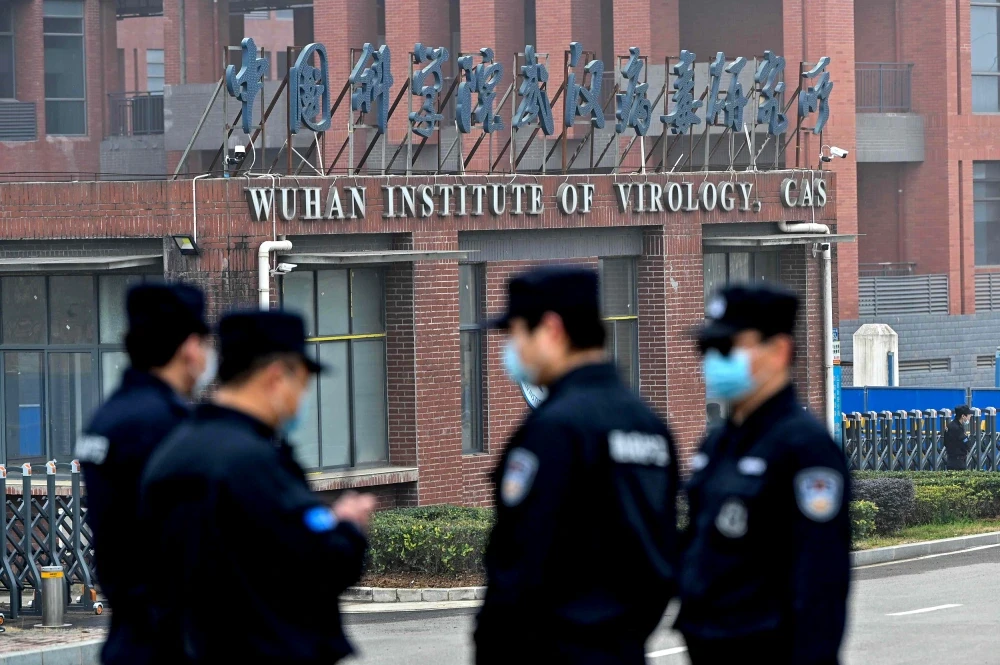Türkiye’s UNESCO Site Becin Fortress opens to visitors after restoration
 In the Milas district of Mugla, the castle walls, cistern, and towers of the ancient city of Becin—listed on the UNESCO World Heritage Tentative List—have regained their former appearance through ongoing excavation and restoration efforts, April 18, 2025. (AA Photo)
In the Milas district of Mugla, the castle walls, cistern, and towers of the ancient city of Becin—listed on the UNESCO World Heritage Tentative List—have regained their former appearance through ongoing excavation and restoration efforts, April 18, 2025. (AA Photo)
The historic Becin Fortress, nestled in the Milas district of Mugla and once the capital of the Menteseogullari Principality (Menteshe, first of the Anatolian beyliks), has been revitalised through an ambitious archaeological excavation and restoration campaign.
Listed on the UNESCO World Heritage Tentative List, the ancient city of Becin is now regaining its architectural splendour, with castle walls, cisterns, and towers restored to their original appearance.

A key historical site in Southwestern Anatolia
Becin is one of the most significant archaeological sites in the region and has been subject to ongoing excavations throughout the year. The discoveries made here are shedding new light on Anatolian history, particularly from the Turkish-Islamic period. Many of the structures uncovered are being carefully restored and opened to visitors, integrating cultural preservation with tourism.
Professor Kadir Pektas, head of the Becin excavations, told Anadolu Agency that they have been carrying out restoration work on Becin Fortress walls and surrounding structures for the past three years.
“After the earthquake in Izmir, we began restoration work on the damaged bastions and walls,” said Pektas. “We have now completed the restoration of the fortress wall, the bastion, and the cistern at the entrance. The area is now open to visitors. In the coming period, we will continue our projects and implementations for other sections of the Becin Fortress that require attention.”
A strategic capital of Menteseogullari Principality
Becin holds a prominent place in the Turkish-Islamic period, particularly as the administrative centre of the Menteseogullari Principality. Its strategic location atop a hill overlooking the Milas plain provided a natural defence, which likely influenced its selection as the capital.
“The inner fortress stands in a position of complete control over the plain. Its robust walls and towers formed a formidable defence line. Its final shape dates back to the Byzantine era, but it was extensively used and developed during the Menteseogullari and later the Ottoman periods,” explained Pektas.
The tomb of Ahmet Gazi, the founder of the principality, is also located within the site, further highlighting its historical significance.
From Hellenistic tombs to Ottoman education centres
In addition to Becin Fortress, the site includes structures from various periods, such as a Hellenistic-era tomb integrated into the fortress walls, Turkish-era baths, and a large cistern. The team is preparing a new project to further excavate this tomb and assess the functionality of the restored water system.

“The entrance bastion has been reconstructed to reflect its original state. The inner fortress still contains abandoned homes, a Hellenistic tomb monument, and public structures like baths and cisterns from the Turkish era. Once fully restored, these features will significantly enhance the site’s appeal and understanding of medieval urban development,” Pektas noted.
Further down from the fortress, visitors can reach a historical town square surrounded by the Ahmed Gazi Madrasa, Orhan Mosque, tombs, a Hanikah, Kizilhan, and the domed fountain known as Kubbeli Cesme.
Becin Fortress: A forgotten town with living traces
Remarkably, Becin was inhabited until the 1950s. “There was a functioning neighbourhood here until the mid-20th century. We’re now studying this layer more deeply through targeted excavations,” said Pektas. The urban layout that has been revealed in recent years provides rare insights into the structure of a medieval Turkish city.
Outside the main city walls, institutions like the Yelli (Kepez) Madrasa, Karapasa Madrasa, and Orman Tekke demonstrate the site’s importance as a centre of learning during the Menteseogullari period.

From Byzantines to Ottomans: A timeline of power
Becin Fortress, situated just 5 kilometres from Milas along the Milas-Oren road, was originally built during the Byzantine era using stones from surrounding ancient ruins. It was later repaired and reused by the Menteseogullari.
Historical records refer to the city under various names such as Barcin, Bercin, and Petzona—the latter recorded in a 1414 trade agreement between Ilyas Bey and the Venetians.
The city remained under the rule of the Menteseogullari until 1424, after which it became a permanent part of the Ottoman Empire. However, it never regained its former glory, and its population gradually declined. During the Celali rebellions in the early 17th century, the inhabitants retreated entirely into the inner fortress, with the last families leaving by the 1950s.



